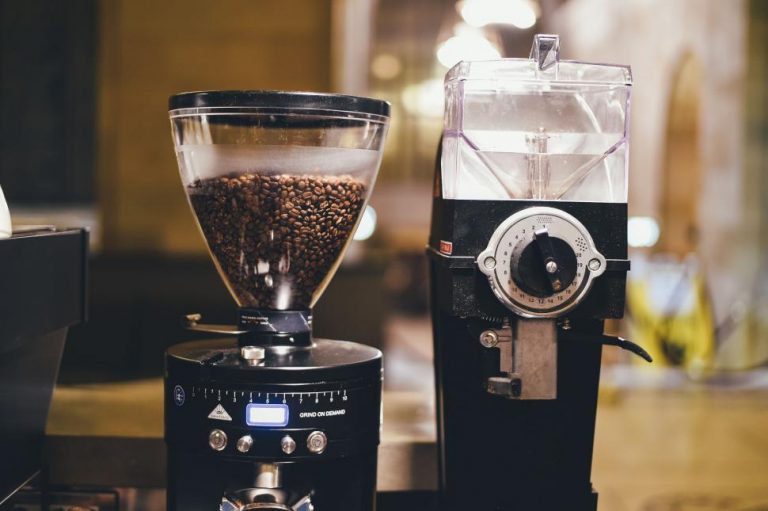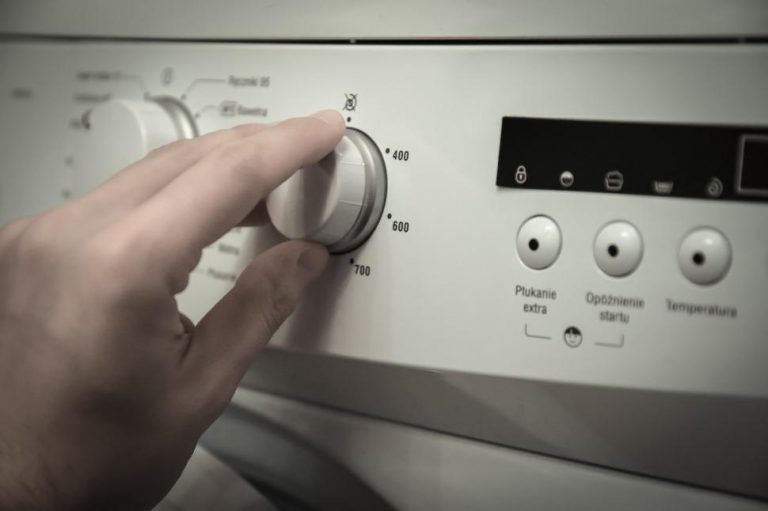Understanding Microwave Oven Features: What You Need to Know
Microwave ovens have become a staple in modern kitchens, providing quick and efficient heating and cooking solutions for busy households. However, beyond simply reheating leftovers or making popcorn, microwave ovens are packed with a variety of features that many users may not fully understand or utilize. In this article, we’ll explore the key functions and features of microwave ovens, helping you maximize their potential and make informed decisions when using or purchasing one.
Basic Functions of a Microwave Oven
Microwave ovens operate by emitting microwave radiation, which causes water molecules in food to vibrate and generate heat. This allows for fast and efficient cooking compared to conventional ovens. Here are the fundamental functions most microwaves offer:
Heating and Reheating
- Reheating is the most common use for microwaves. It allows food to be warmed quickly without altering its texture or flavor too much. Most microwaves have preset reheating options for common foods like pizza, soups, or beverages.
- Heating can be controlled by adjusting the power level and cooking time, giving you flexibility to heat different types of food evenly without overcooking.
Defrosting
Defrosting frozen food is another core function of microwave ovens. Instead of waiting hours for food to thaw naturally, microwaves can defrost in minutes. There are typically two defrost settings:
- By weight: You input the weight of the food, and the microwave automatically adjusts the defrosting time and power level.
- By time: You manually set the defrosting time, useful when you know how long a specific item should take.
It’s essential to stir or flip food during defrosting to ensure even thawing and avoid partially cooking some parts while others remain frozen.
Cooking
While microwaves are often associated with reheating, they can also cook many types of food, such as vegetables, rice, pasta, and even entire meals. Microwave ovens often come with pre-programmed settings that simplify the cooking process. For instance, you can select options like “baked potatoes,” “vegetables,” or “popcorn” for perfectly cooked results without needing to guess the time and power level.
Advanced Features in Modern Microwaves
In addition to the basic functions, many modern microwaves come with advanced features that offer more versatility and precision in cooking. Here are some of the most common advanced features:
Power Levels
Microwaves come with adjustable power levels, which allow you to control how much microwave energy is applied to the food. This is useful for delicate tasks like melting butter or chocolate, where full power might cause burning or uneven heating. Typical power levels include:
- High (100%): Best for boiling liquids, reheating, and cooking dense foods like meat.
- Medium (50-70%): Ideal for gently cooking or defrosting food.
- Low (10-30%): Useful for softening butter or keeping food warm without cooking it further.
Using the correct power level can enhance the texture and flavor of food, preventing overcooking or uneven results.
Sensor Cooking
Sensor cooking technology is designed to take the guesswork out of microwave use. The microwave automatically detects moisture and temperature levels in the food and adjusts the cooking time and power accordingly. Common sensor cooking settings include:
- Sensor Reheat: Adjusts the heating process based on the food’s internal temperature to avoid overcooking.
- Sensor Cook: Automatically sets the appropriate cooking time for foods like vegetables, fish, or grains based on moisture content.
This feature is particularly helpful for beginners, as it reduces the likelihood of overheating or undercooking your meals.
Inverter Technology
Inverter microwaves offer more precise power control by delivering a continuous stream of energy, as opposed to traditional microwaves, which cycle between full power and off to achieve lower power levels. This leads to:
- Even cooking: Delicate foods like fish or eggs cook more evenly without being overcooked on the outside and undercooked inside.
- Faster defrosting: Frozen foods thaw more uniformly without starting to cook at the edges.
- Better texture: Foods retain moisture and don’t get dried out or rubbery.
Inverter technology is particularly valuable if you often prepare more complex dishes or if you want restaurant-quality results from your microwave.
Grill and Convection Functions
Some microwaves come with grill and convection options, making them more versatile than just reheating appliances:
- Grill microwaves: These have a built-in grill element that allows you to brown or crisp the surface of food, making it ideal for dishes like grilled cheese sandwiches or baked dishes with a crispy top.
- Convection microwaves: These combine microwave energy with a convection fan that circulates hot air, enabling baking and roasting in addition to standard microwave functions. You can bake cakes, roast meats, or cook pizzas, all while enjoying the speed of microwave cooking with the even heat distribution of a convection oven.
These features effectively turn your microwave into a multi-functional appliance, allowing you to bake, grill, and roast with ease.
Keep Warm Function
The keep warm feature maintains a low temperature inside the microwave to keep food warm without further cooking. This is especially useful when you’re waiting to serve a meal or want to keep dishes warm until the rest of the food is ready.
Child Lock
For families with young children, many microwaves offer a child lock feature. This prevents accidental operation by locking the control panel, ensuring that kids cannot start the microwave without supervision.
Multi-Stage Cooking
Multi-stage cooking allows you to program a sequence of different cooking modes in one go. For example, you can set the microwave to defrost food first and then automatically switch to cooking mode without having to reset the timer manually. This feature is particularly helpful when preparing meals that require different cooking stages, such as thawing meat and then cooking it through.
Choosing the Right Microwave for Your Needs
With so many features available, choosing the right microwave can be overwhelming. Here are a few key considerations to help you make the best choice:
Size and Capacity
Microwaves come in various sizes, from compact models suitable for small kitchens to larger ones that can accommodate bigger dishes or families. Consider:
- Compact models (0.5-1.0 cubic feet): Ideal for small kitchens or individuals who mainly use the microwave for simple reheating or defrosting.
- Mid-size models (1.1-1.5 cubic feet): Suitable for families or those who cook with their microwave more frequently.
- Large models (1.6 cubic feet and above): Perfect for big households or those who regularly cook large meals.
Also, check the turntable size to ensure it fits your most commonly used dishes or containers.
Wattage
Microwave wattage typically ranges between 600 and 1200 watts. Higher wattage means faster and more even cooking. If you’re cooking full meals or want faster results, opt for a microwave with at least 900 watts.
Built-In or Countertop
- Countertop microwaves are the most common and easiest to install. They’re available in a wide range of sizes and features, making them versatile for various needs.
- Built-in microwaves are installed into cabinetry or above your stove as part of an integrated kitchen design. While more expensive, they save counter space and often come with more advanced features like convection or grilling.
Additional Features
Consider your lifestyle and cooking habits when choosing additional features:
- Do you bake or roast? A convection microwave may be the right choice.
- Need fast defrosting? Look for a model with inverter technology.
- Cook a variety of meals? Choose a microwave with sensor cooking and multi-stage functions for greater versatility.
Safety Tips for Microwave Use
Microwave ovens are generally safe, but it’s important to follow safety guidelines to avoid accidents:
- Use microwave-safe containers: Only use glass, ceramic, or specific plastic containers labeled as microwave-safe. Never use metal containers or utensils, as they can cause sparks and damage the microwave.
- Avoid overheating liquids: Superheating can cause liquids to explode when disturbed. Stir liquids halfway through heating and let them stand for a moment before removing.
- Cover food: Use microwave-safe covers or lids to prevent splatters and ensure even cooking.
- Handle with care: Use oven mitts when removing hot dishes, as containers can become extremely hot during microwaving.
Conclusion
Understanding the features of your microwave oven can significantly improve your cooking experience and make this essential appliance even more versatile. From basic reheating and defrosting functions to advanced features like sensor cooking, inverter technology, and convection cooking, microwaves offer a wide range of options to suit your needs. By choosing the right microwave for your household and making full use of its capabilities, you can enjoy faster, more efficient cooking with delicious results.



